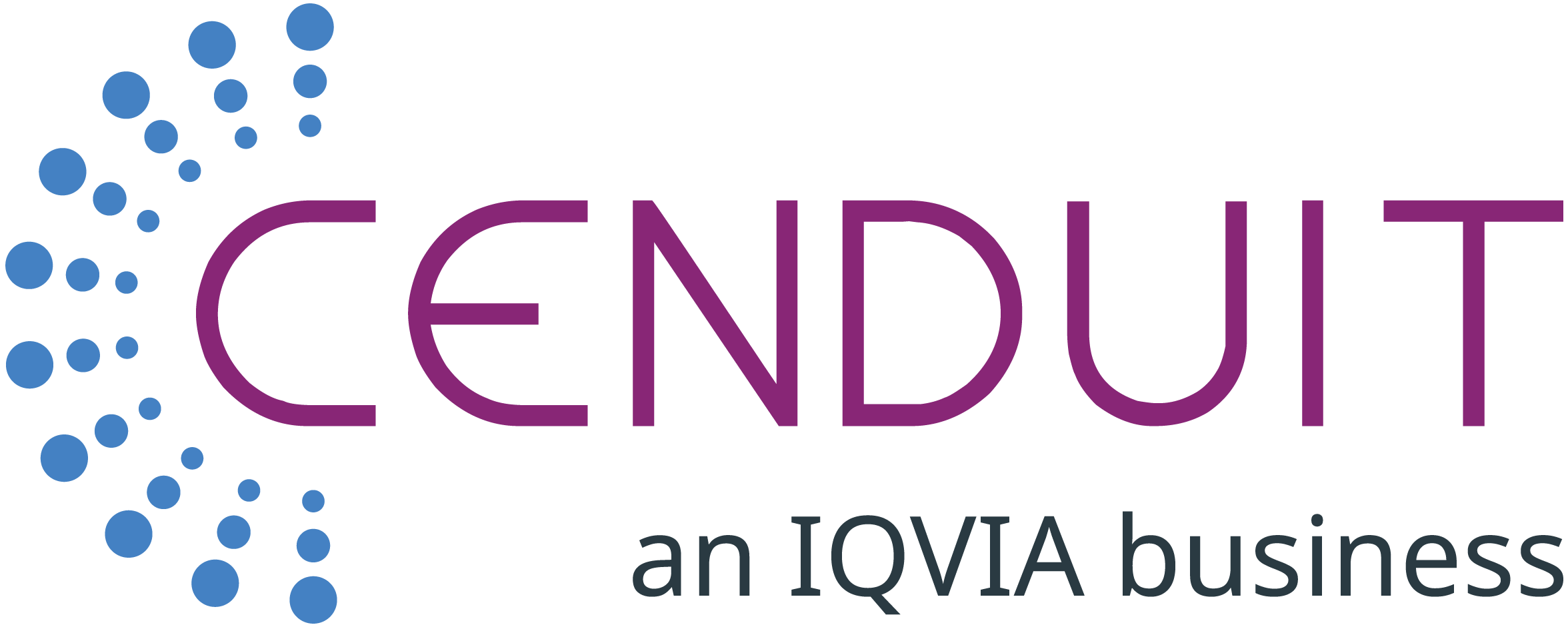Why Is There So Much Wastage In Clinical Supplies?
Over the past several years, pharmaceutical industry revenues exceeded $1 trillion. It is estimated that R&D investments are around 15% of revenues or $150 billion. Most of the R&D investment goes into clinical trials, and it is estimated that clinical supply costs are around $30 billion per year (1/5 of the total clinical trial costs). The main costs: manufacturing, packaging, distribution and destruction of the study drug, as well as the increasing costs of purchasing comparator drugs to test against the current leading products on the market.
Read the Whitepaper: Top Five Reasons You Need IRT Expertise, Not Just Software
It is very challenging to accurately forecast patient recruitment in clinical studies and pharma companies typically plan drug supply very conservatively to avoid situations in which there is not enough study drug available. Study delays due to drug shortages are often very costly. What’s the math behind it? On average, every day delay in bringing a drug to the market results in a loss of $1M of revenue, because of shorter patent protection.
Let’s review the scenario at-hand. A study drug is labeled specifically for a study; and cannot be used for anything else. Because of limited stability data, the drug expiry date often is not sufficient enough to cover the study duration. Astoundingly, about 60-70% of study drugs that gets packaged for a clinical study are not used by patients due to expiration, or being leftover at sites or depots at the end of the study. This wastage is an incredibly expensive problem for pharma.
An additional important cost factor in clinical supplies is the logistics costs. Inefficiencies in supplying study sites with the right medication at the right time leads to unnecessary drug shipments, which creates high costs as clinical drug shipments are very expensive and often need specialized temperature control.
We reviewed historic study data to determine optimization potential and will use one of the studies for below analysis.
Consider a cross-geographical multi-phase clinical study with 8,000 patients at over 800 clinical centers in multiple countries -- and with multiple distribution depots. In this scenario, it is very difficult to predict what sites will recruit how many patients and when. Each site would receive an initial stock of study drug, and resupplies, based on actual use and prediction of future needs of patients who have already begun treatment. In this study, there were over 30 different study drug types (based on 2 treatment arms and different strengths and sizes of the packs).
Reviewing the study data, we found that each site received a shipment on average every 20 days. We also identified that the study drug in the shipments was often not used for many weeks after arrival at site. Based on the analysis, we applied our resupply optimization tools to define a better resupply strategy and determined that the sponsor could have reduced the number of shipments needed for the study by 5,000 per year. This would have resulted in savings of around $2.5M.
The Benefits of a Drug Supply Center of Excellence
If the sponsor took advantage of the Cenduit Drug Supply Center of Excellence (COE), they could greatly reduce the true quantities of drug supply shipments necessary for the study, without increasing the buffer stocks at the sites.
Cenduit’s Drug Supply Center of Excellence builds forecasting and optimization solutions for our clients to minimize the wastage and costs. Data from several studies shows the cost saving potential is greater than 10% on most studies when looking at the study drug overage and resupply shipment costs. Given the yearly clinical supply spending of $30B across the pharma market, this means pharma could save approximately $3B, annually.
The corresponding reduction in the environmental burden of the production, shipment and destruction of chemical or biological drugs is likewise immense. In addition, pharma companies can use the cost savings to reduce the prices of the marketed products or invest more in R&D of new product development and innovations in patient care. Both outcomes have a positive impact on society as a whole, in developing more affordable drugs to better treat patient populations.
Our Industry Responsibility for Patient-Centric Outcomes
As eClinical solutions providers, developing services and systems like the Cenduit Drug Supply Center of Excellence (COE) is a step toward helping our customers to reduce costs for their clinical supply challenges. We can help enable sponsors to better calculate the drug needs under various recruitment and dispensing scenarios and forecast the most optimal time points and quantities for the production of study drugs, as well as the purchase of comparator drugs.
These forecasts can be done regularly, as the study planning progresses to review the assumptions for correctness and update the parameters based on the latest information. Once the study starts, customer study data from the Center of Excellence is easily integrated with data from our CIRT platform to improve the accuracy of the demand plan. The Center of Excellence reviews and regularly optimizes the way the sites and depots are supplied –while it at the same time reducing the risk of lack of supply for patients.
Sustainability management should be a focus for any company in the strategy process. Contact us today to learn how the Cenduit Drug Supply Center of Excellence can help your organization identify opportunities to achieve cost savings and address sustainability challenges to better address patient outcomes.






